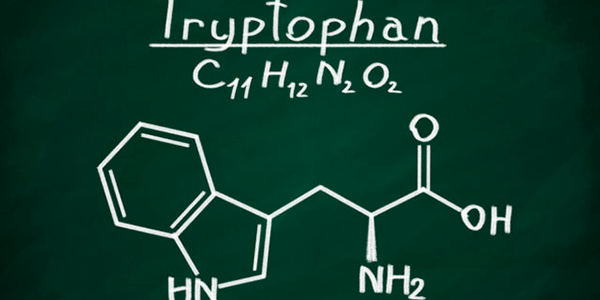The Effects on your Body After a Vigorous Workout

Vigorous Workout
At the end of a workout there are some recommendations that must be taking into consideration to avoid the signals and symptoms that can occur if a abrupt interruption of a vigorous exercise happened.
During a vigorous physical activity there are many adaptations of the cardiovascular system to promote an increase of blood flow to the exercising muscles. The heart increases the cardiac output, which is the volume of blood that is pumped per minute. These blood vessels are responsible for the blood supply to the muscles that dilate to offer more blood, oxygen and nutrients to a greater energy production.
This situation lasts during the exercise period and only will be modified when the physical activity ends.
At the end of the workout the first modification that will occur is a fast heart rate reduction and a very rapid decrease of the cardiac output with a reduction of the blood flow.
In this moment the blood vessels, mainly in the lower limbs, are still dilated because the exercise vasodilatation effect still persists for some time after the end of the exercise.
If an abrupt interruption of the exercise occurs at this time, the blood will slowly return from the lower limbs because the “muscle pumping” effect will no longer exist. The result is a fast decrease of the arterial pressure that often can cause dizziness and even a fainting episode.
What is strongly recommended is a slow decrease, and never an abrupt interruption of the exercise, allowing the gradual returning of the cardiovascular adjustments to occur to the rest of the values. Therefore, the blood pressure will also decrease in a gradual way, avoiding the fast decrease which is the major cause of problems.








